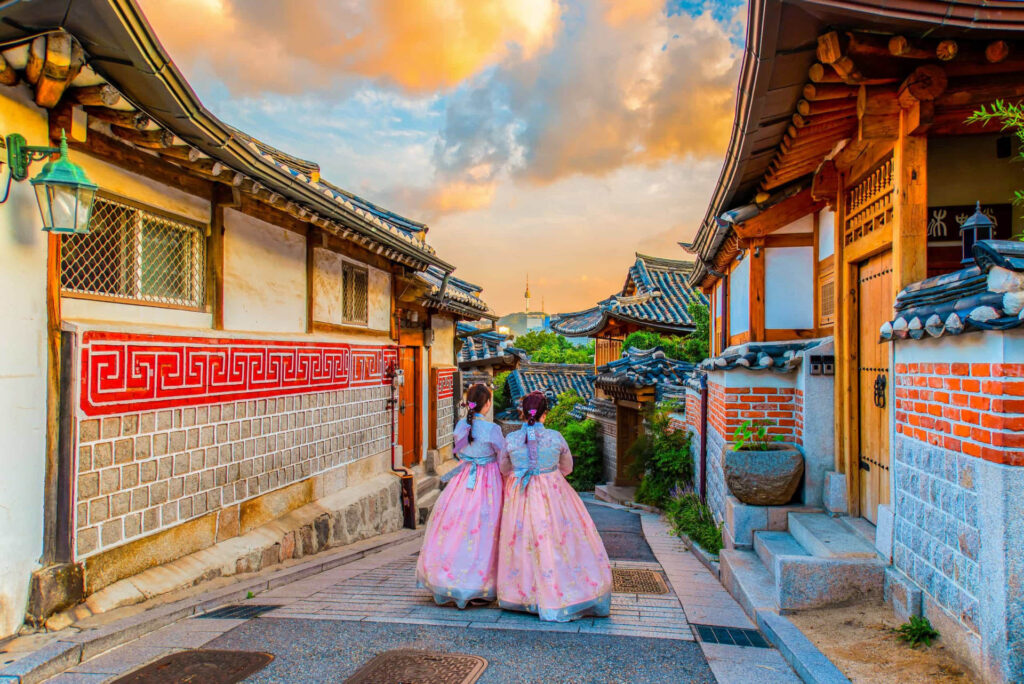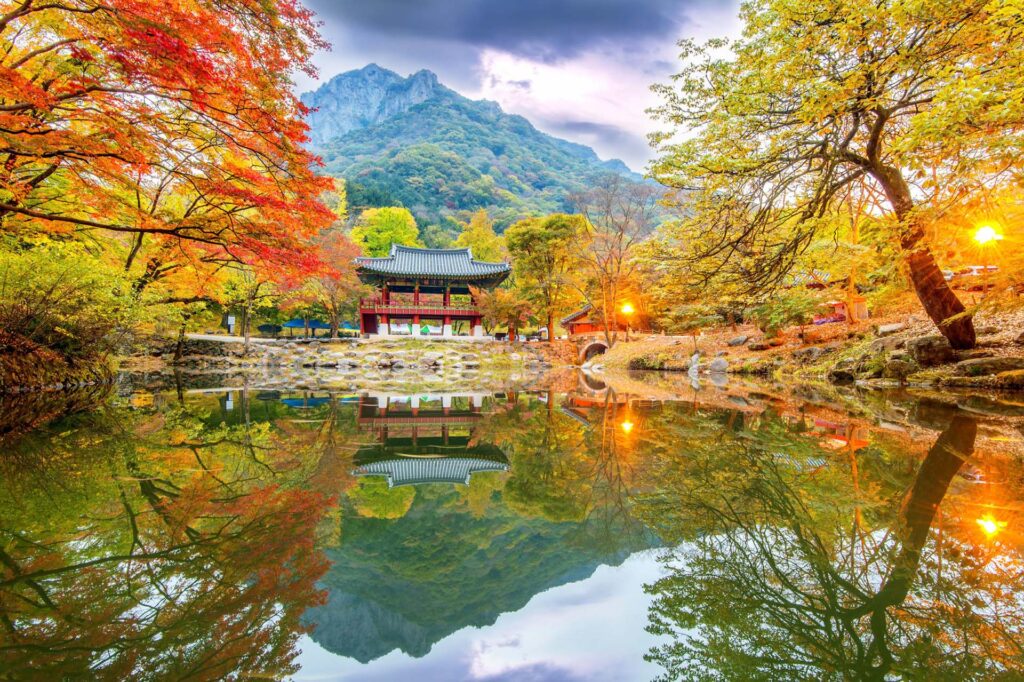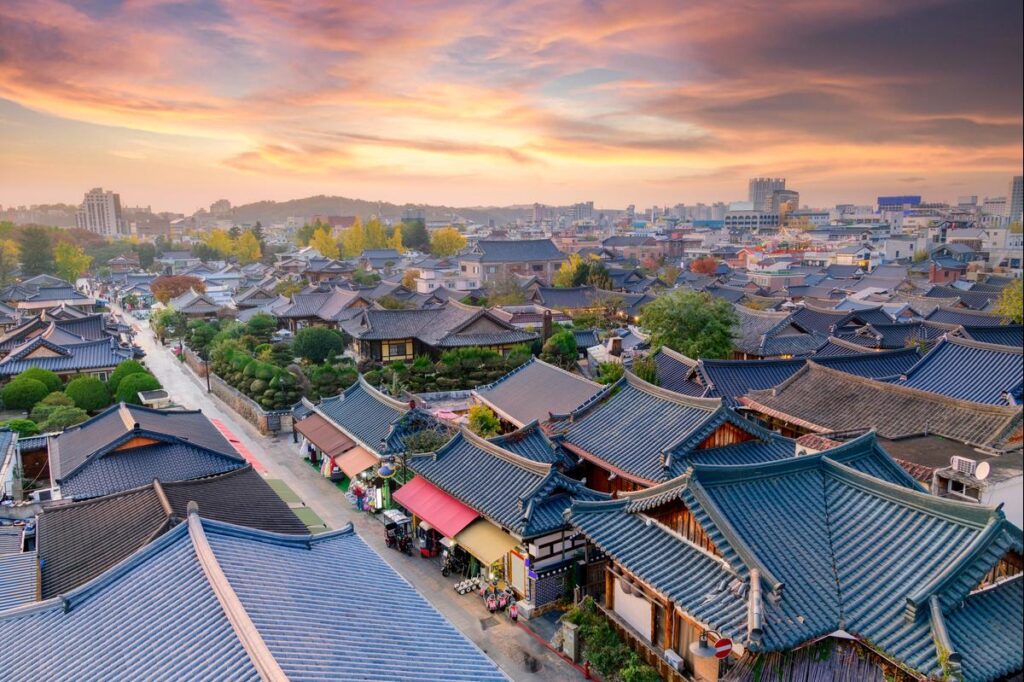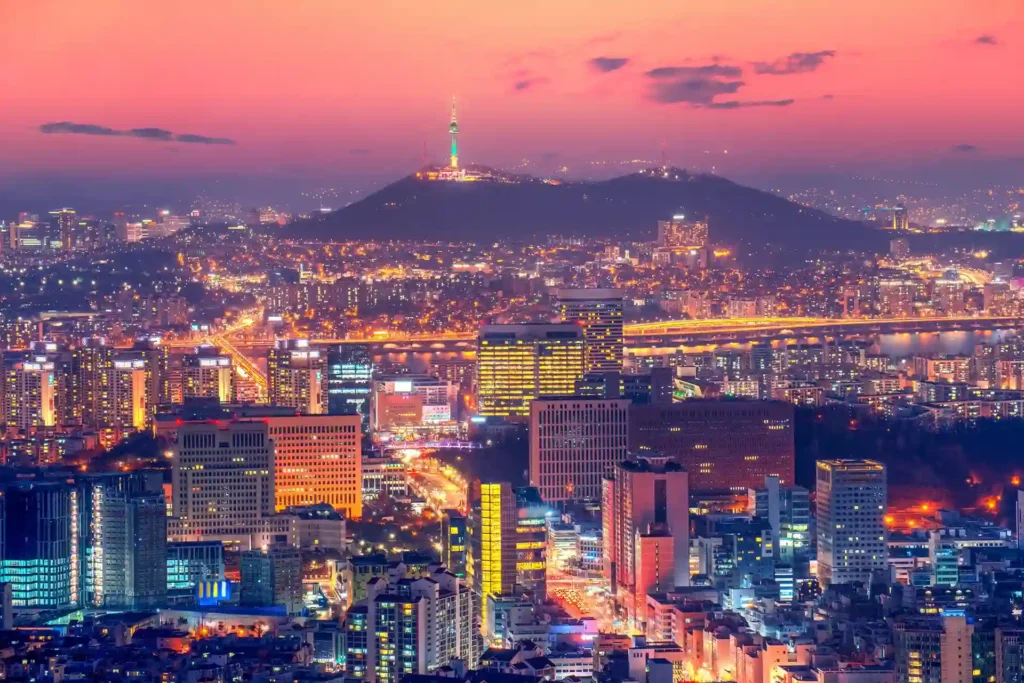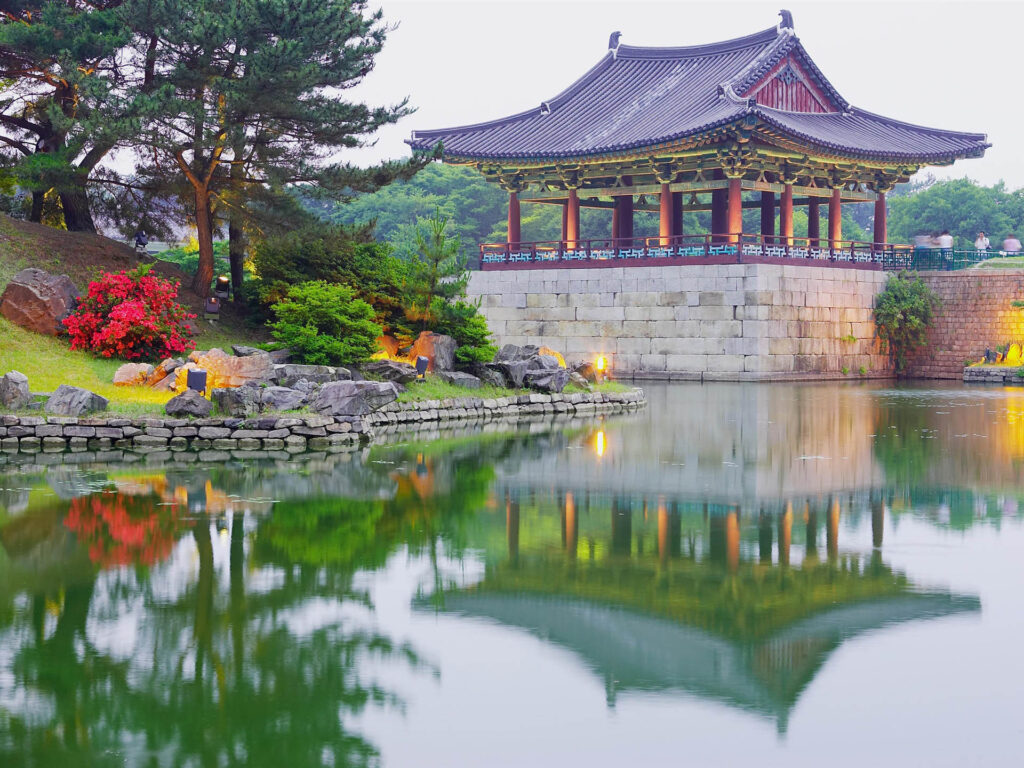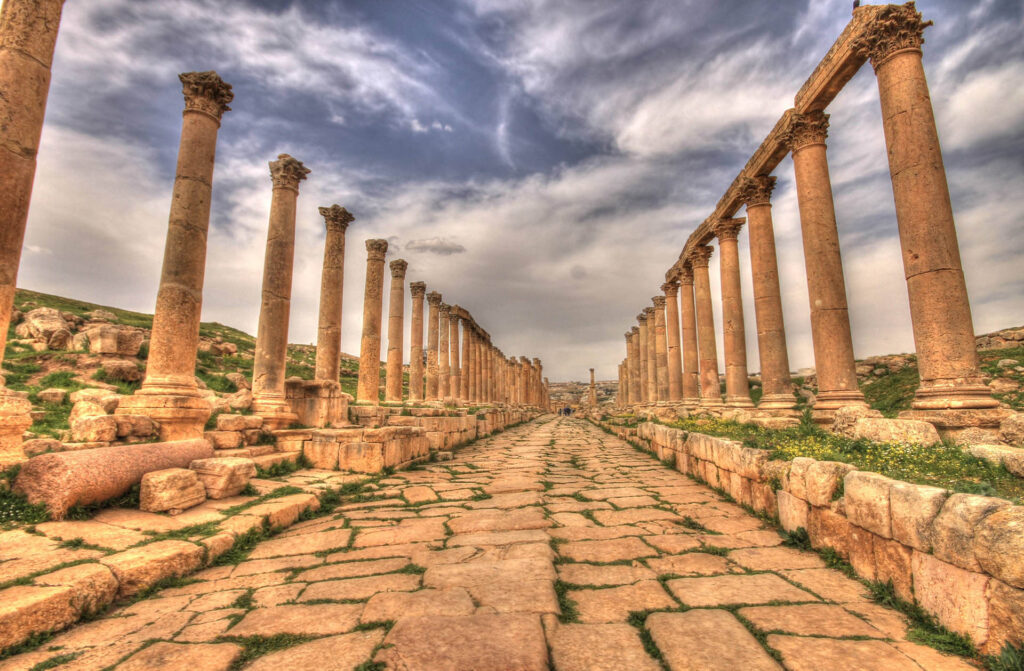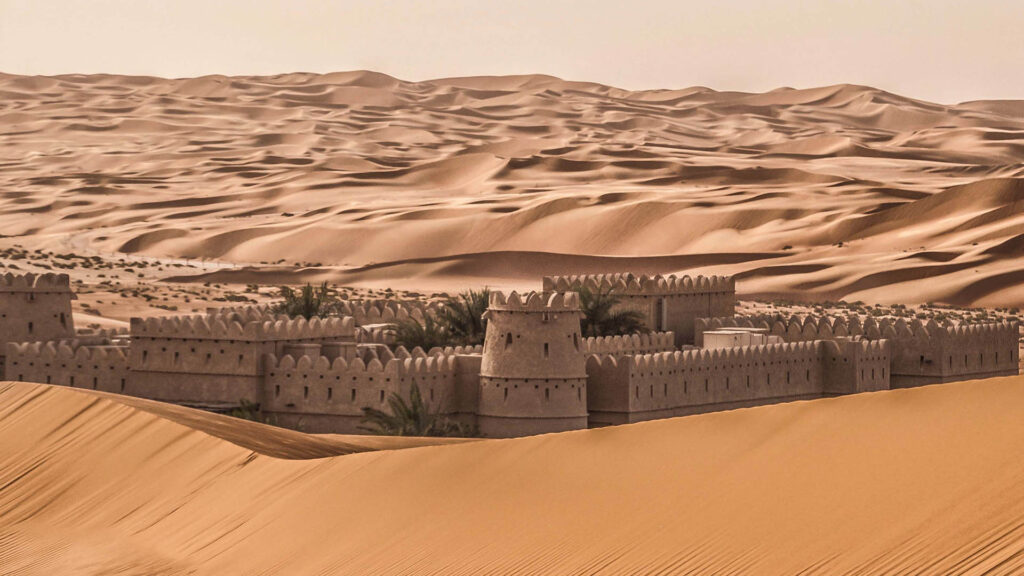Just 31 miles northwest of China’s capital Beijing lie the Ming Tombs, the impressive imperial mausoleums of 13 emperors from the Ming Dynasty. Designated a UNESCO World Heritage Site, this is one of the most important historical sites in China. The Ming Tombs offer fascinating insights into imperial Chinese culture and architecture through the enormous mausoleum complexes built for these Ming rulers.
An Auspicious Location for Eternal Rest
The Ming Tombs site spans across 25 square miles of valley basin at the southern foot of Tianshou Mountain. Its location was carefully chosen according to the principles of feng shui to have protective mountains to the north and a river to the south. This valley contains the tombs of 13 of the 16 Ming Dynasty emperors, along with several tombs for empresses and princes.
The first Ming emperor, Hongwu, selected this location for his burial site and starting construction here in 1408. His mausoleum, Changling, set the grand architectural standard for subsequent Ming tombs. Successive Ming emperors continued building their own giant mausoleums in the same valley basin. The last Ming tomb, Siling, was built in 1644 just before the fall of the dynasty. In total, there are 13 imperial Ming tombs, 7 concubine tombs, and 1 eunuch tomb in the scenic valley.
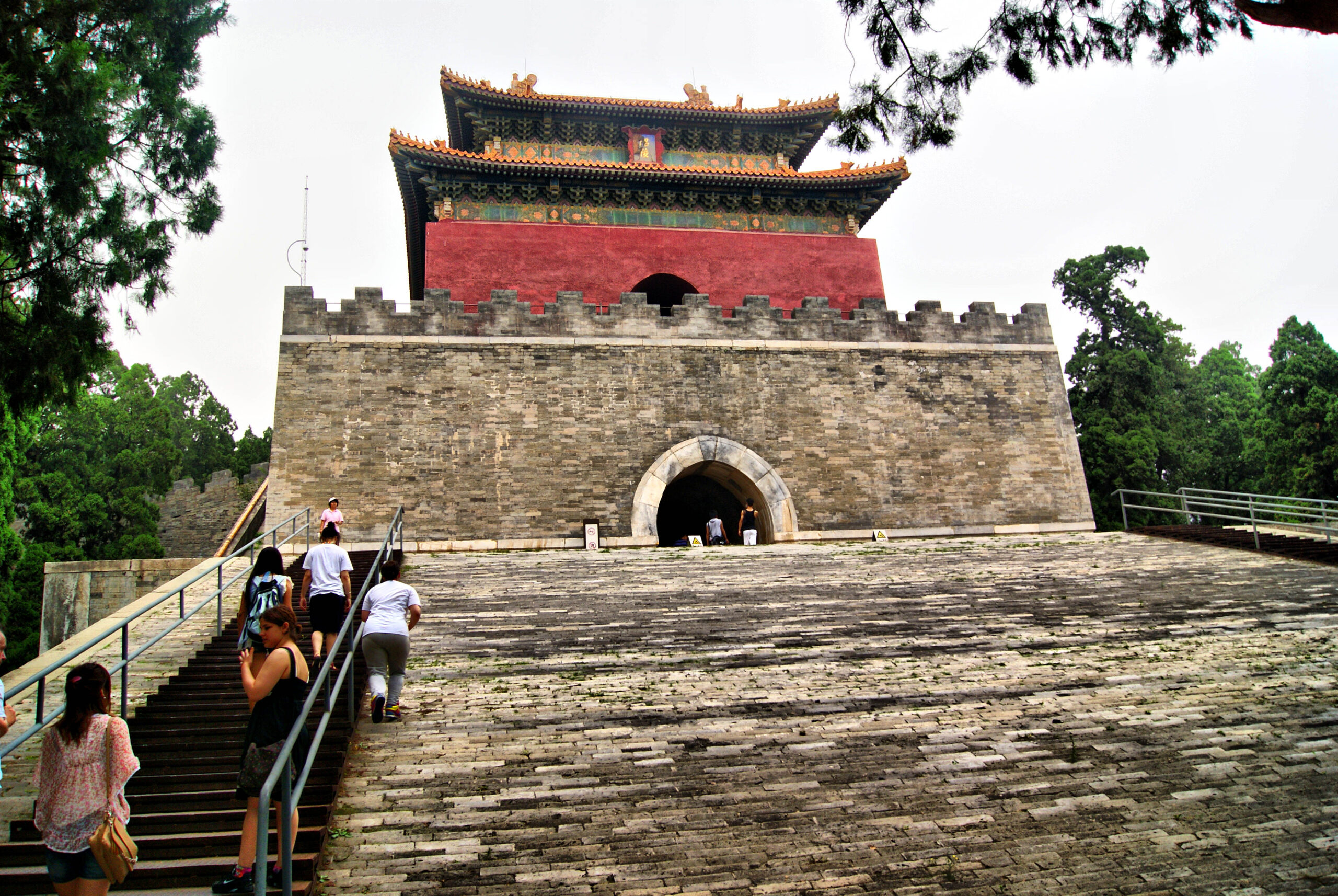
The Majestic Ming Tombs near Beijing
The Changling Tomb: Prototype of Ming Dynasty Tombs
As the oldest and largest, Changling served as the template for the later Ming tombs. Changling is the resting place of the Hongwu Emperor who founded the Ming Dynasty and ruled from 1368 to 1398. Construction first began during his reign in 1408 and continued even after his death.
The layout follows traditional Chinese tomb architecture on an enormous scale. It covers 250 acres and includes a ceremonial avenue, golden gates, stone memorial archway, Hall of Eminent Favor, Stele Pavilion, dragon-phoenix gate, and an underground burial chamber beneath a huge mound – all aligned on a north-south axis.
Beyond the ceremonial buildings lies an enormous tumulus mound that contains the underground burial vault. This earthen core covers the subterranean palace and coffin chamber where the emperor was laid to rest. This architectural feature became standard for subsequent Ming Dynasty imperial mausoleums.
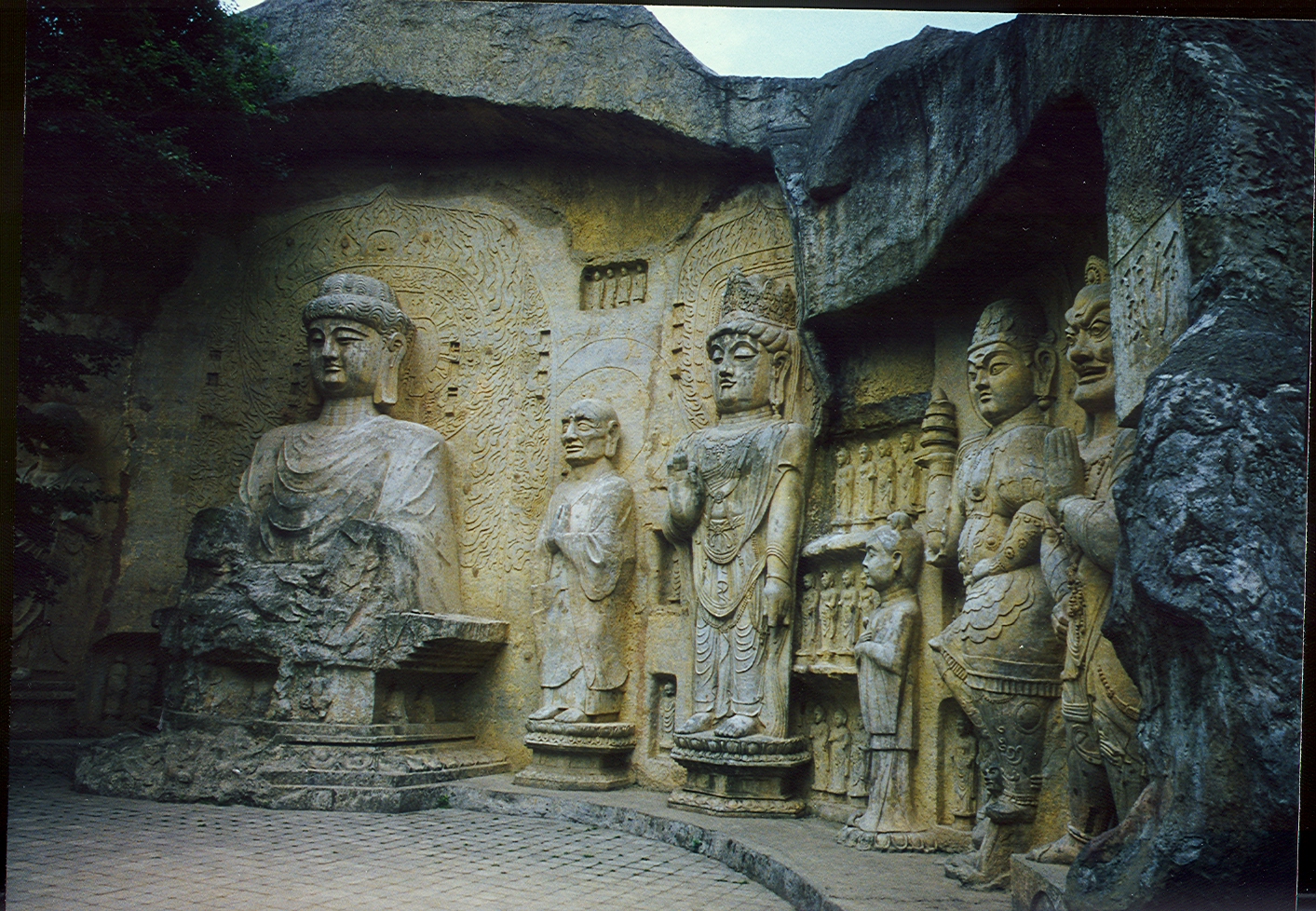
The Majestic Ming Tombs near Beijing
Three Main Components of Ming Tombs Design
While each Ming tomb has its own unique features, all share a common three-part symbolic layout representing the traditional Chinese cosmology.
1. Sacred Way
The Sacred Way is the main ceremonial avenue guarded by stone statues leading into each tomb complex. This pathway is meant to represent the transition from the profane mortal world to the sacred departure point for the emperor’s journey into the afterlife. Sacred Ways contain pillars, gates, bridges, and guarding beasts and officials along the path.
2. Palace Area
At the inner end of the Sacred Way lies the palace area containing ritual buildings such as the Hall of Eminent Favor, Stele Pavilion, and offering kitchens. This is where posthumous ceremonies took place to honor the deceased emperor and maintain the cult of his spirit.
3. Burial Mound
Behind the palace area rises the huge burial mound or tumulus containing the underground burial chambers. Only the emperor’s coffin and grave goods were placed in the chambers deep beneath the mound. The massive earthen mounds represent the couch on which the emperor rests in eternity. They can reach up to 200 feet tall and cover acres of land.

The Majestic Ming Tombs near Beijing
Notable Details of Different Ming Tombs
While following a similar layout, each Ming tomb has unique details reflecting the emperor’srequests and stylistic developments across their construction timeline from 1408 to 1644. Some distinctive features include:
- Changling: largest tomb complex at 250 acres with millions of bricks used in construction.
- Zhaoling: double burial mound for emperor and empress side-by-side.
- Dingling: thousands of precious artefacts excavated from underground palace.
- Xianling: marble thrones and intricate stone carvings.
- Qingling: unique five-room layout in underground palace.
- Kangling: Mongolian and Tibetan architectural influence.
- Yongling: Buddhist statue guardians along spirit way.
-

The Majestic Ming Tombs near Beijing
Exquisite Architecture in Harmony with Nature
One of the most striking aspects of the Ming Tombs is how they harmonize with the natural landscape. Though enormously expansive in scale, the layout and design integrate smoothly into the basin terrain.
The architects ingeniously used the hills and valleys to conceal and reveal views along the ceremonial approaches to create an aura of mystery. The rows of statues along the spirit ways blend into the mountain foothills. The towering halls and pavilions are framed by the open blue skies and rolling hills. The tree-lined imperial avenue connects the tombs across the valley floor. Even the giant burial mounds appear as natural hills in the basin.
The stone, brick, and wood structures highlight the verdant grass, forests, and distant mountains. This majestic setting strongly reflects traditional Chinese ideals of nature, geomancy, and afterlife.
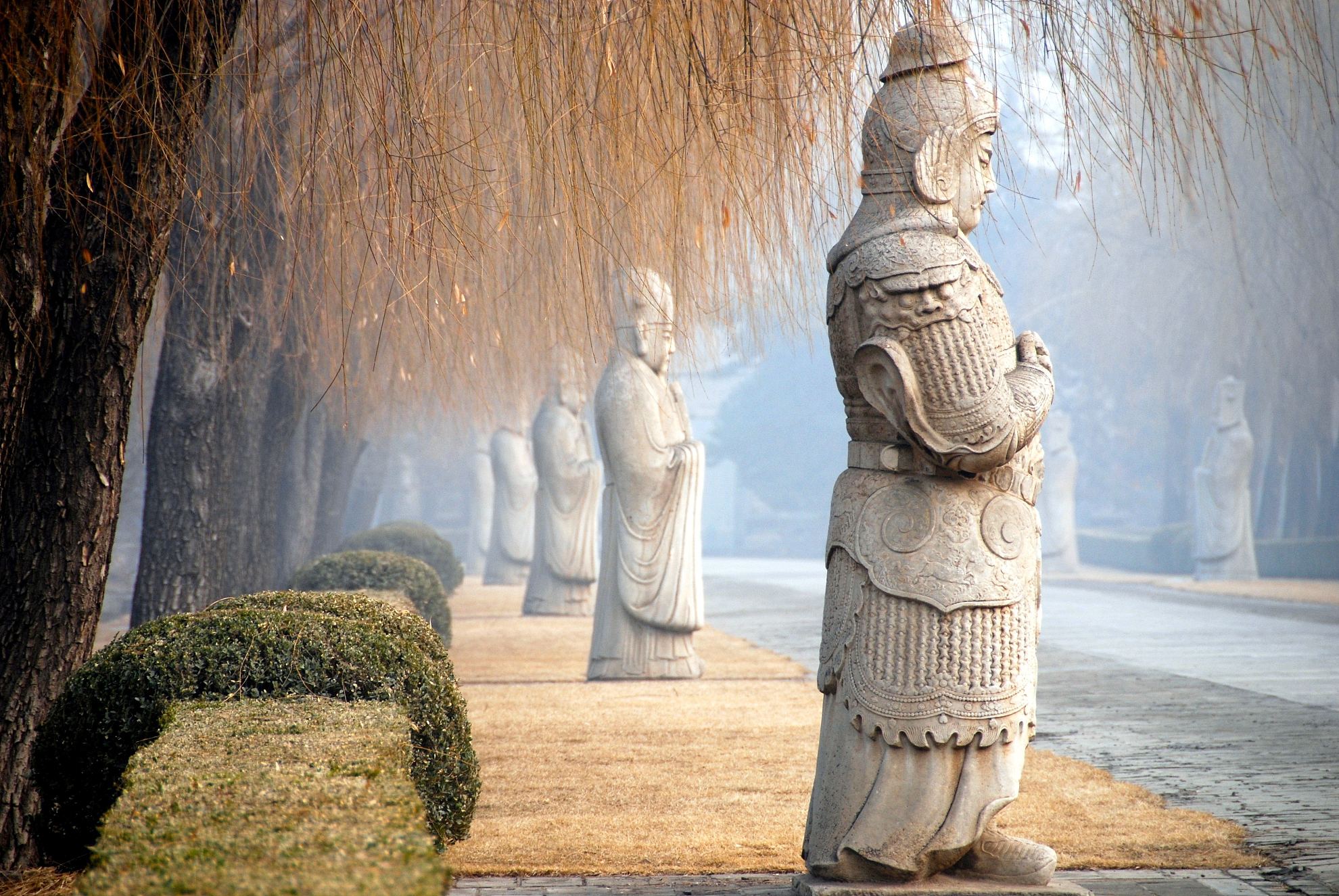
The Majestic Ming Tombs near Beijing
Protection for the Ming Dynasty’s Legacy
For centuries, the Ming Tombs were well-maintained by caretakers as a revered imperial site. However, by the mid-20th century, many structures had fallen into disrepair from neglect. After the establishment of the People’s Republic of China in 1949, the government recognized the importance of protecting this cultural heritage. They began conservation projects and opened the Ming Tombs as a tourist destination.
In 1961, the Ming Tombs were designated as one of the first National Key Cultural Heritage Protections Units of China. Finally, in 2000, UNESCO inscribed the Ming Tombs on the World Heritage List based on their outstanding architectural design and historic significance. Ongoing preservation efforts aim to keep this iconic Ming necropolis well maintained for future generations.
The grandeur and artistry of the Ming Tombs stand as an imposing testament to the might and elegance of the Ming Dynasty emperors. These majestic mausoleums offer unique insights into Chinese imperial culture, architecture, and the realm of the afterlife. A visit to this scenic valley just outside Beijing is a must for experiencing one of China’s most important and inspiring historic sites.

